
Rat Pest Control
Rat Removal
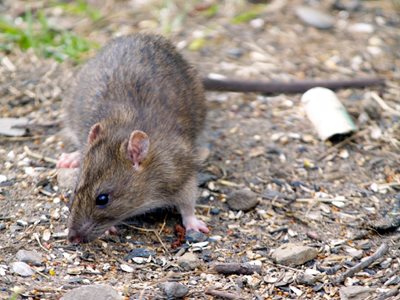
If you notice a rat infestation, your first step to getting rid of rats might be to use a few rat traps. If you use a snap trap or glue trap, you will need a plan to remove a dead rat. Rodenticides like rat poison will also lead to dead rats in your house.
Effective long-term rat control requires more than a few rat traps or bait stations. Rats have several litters in a year so it is important to control the rat population. Traps, exclusion work, and habitat modification are required for successful rat population control.
Inspection
Rat droppings and rat noises are the most obvious signs of a rat infestation. During an inspection, we start where you have noticed the signs of rats. We investigate your attic, crawl space, and exterior of your home looking for entry points. The most common signs of rodent activity are chewing, droppings, rub marks, nesting material, and small entry points.
Rat Control Process
Based on the inspection, we create a custom rat control plan. The custom plan includes types of rat traps used, placement, and bait. The standard trapping duration normally takes between five to fourteen days. The trapping process might take longer if rats are well established.
Exclusion and Repair
Rats can create tremendous damage. We can repair damage caused by rats and clean up after them. We apply a sanitization agent and an ectoparasite agent.
Signs of Rats in the House
You most likely will notice the evidence of a rat infestation before you see an actual rat. Rats are nocturnal and tend to avoid humans.
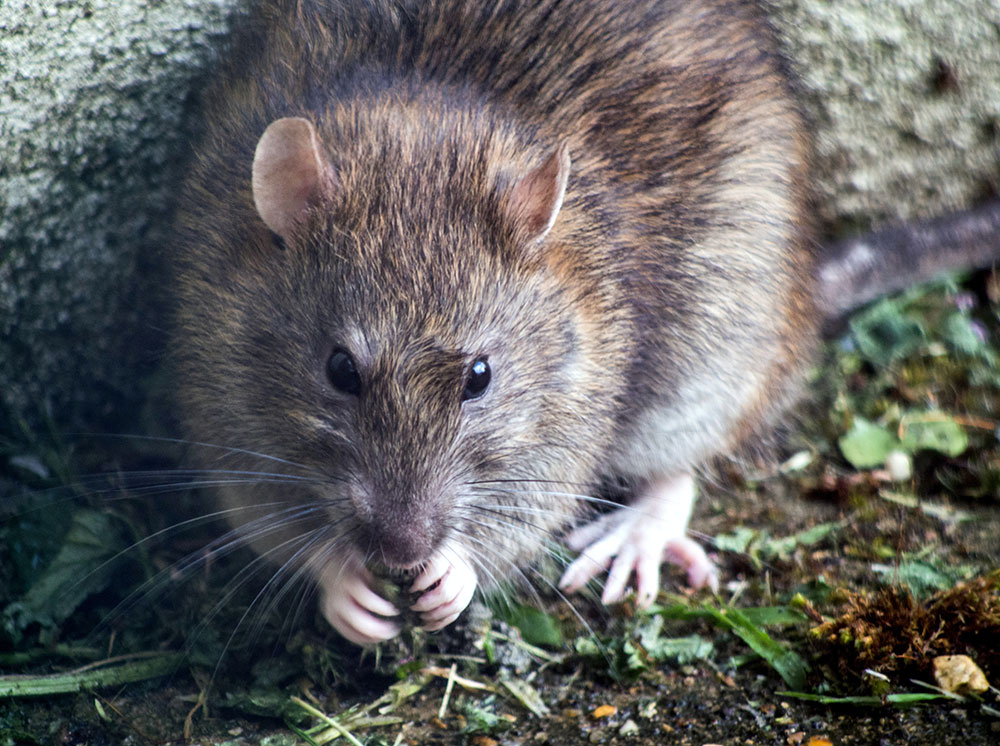
Rat Sounds & Noises
Generally, you will hear rats late at night. Rats can reproduce quickly. As the colony grows in your house, you are more likely to hear vocal and movement noises from rats.
Vocal Noises
Rats make a combination of squeaking, hissing, and chattering sounds. They can communicate different emotions depending on the frequency of the noise. Often, squeaks or hisses signify that a rat is afraid or in pain.
Movement Noise
Rats can be heard scratching, gnawing, and rustling inside homes. The pests also chomp and grind their teeth.
Rat Droppings
Norway rats’ droppings have blunt, rounded edges that are about 2 cm long. Roof rats’ droppings are a little longer than 1 cm, curved with pointed ends. Regardless of the type of rat, feces are a serious health concern.
Rats contaminate as much as 10 times the food they eat. As soon as rat poop is identified in pantries or cupboards, it is safest to get rid of anything not stored in a tightly-sealed container.
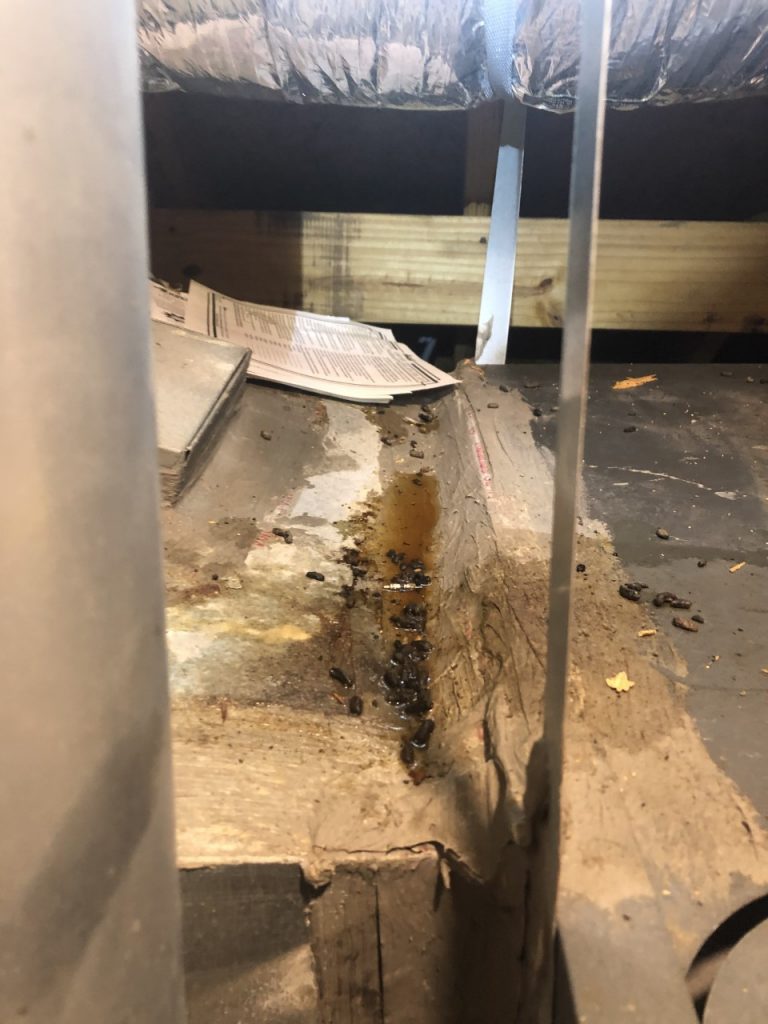
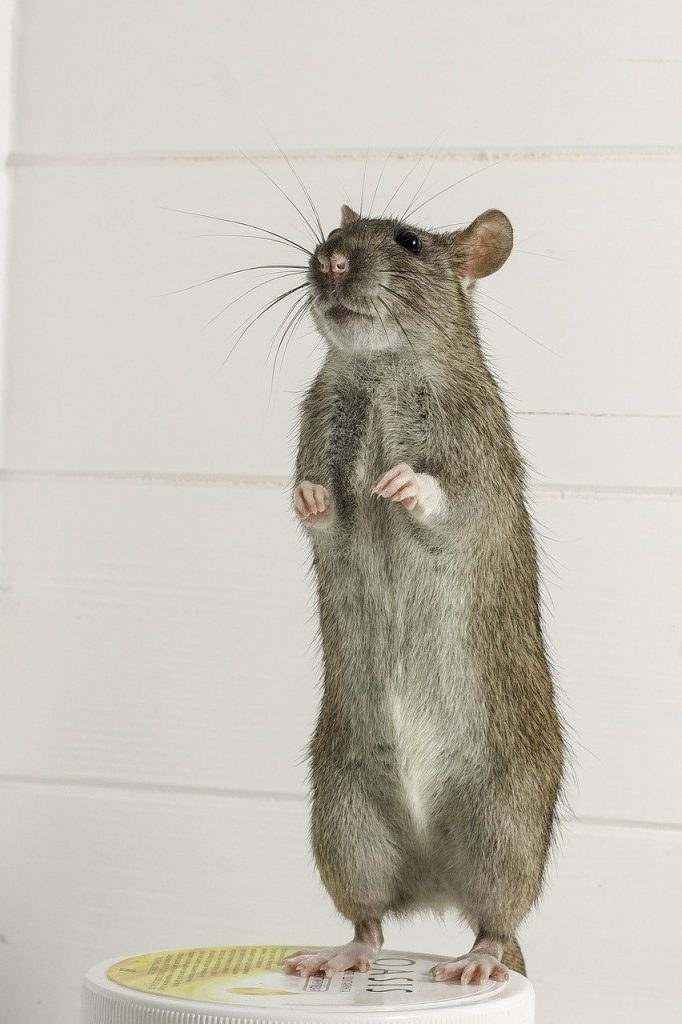
Rat Tracks
Roof rats have four-toed front feet and five-toed hind feet, making their tracks unmistakable. People commonly find these footprints near food prep areas or along crumb-laden baseboards.
Norway rat tracks resemble much smaller versions of human hand prints, only with four fingers instead of five. The palm looks like a thick, lowercase letter N with two heavy dots under it. Part of the track might be obscured by tail drag.
Rat Risks
Rats can cause prolific damage from their constant gnawing. They will gnaw on any material in your home including wires, pipes, wood, and metal. Roof rats will create nests in your insulation.
Rat Damage
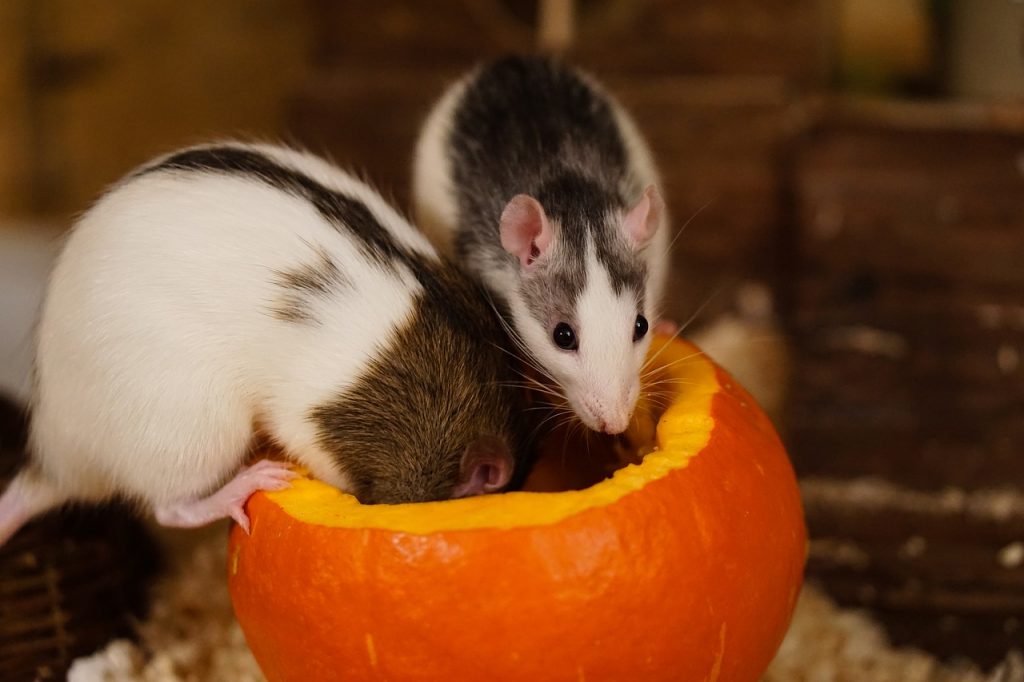
To keep their large teeth at reasonable lengths, rodents must constantly gnaw. This behavior can lead to structural damage of homes, as well as increase the risk of electrical shorts and fires.
Rats tear up insulation for their nests. Norway rats will burrow through your insulation.
Rats carry various diseases. Some of the most commonly transmitted diseases include leptospirosis, plague, salmonellosis, and tularemia. Rats can spread diseases from direct contact like bites, from their feces and urine, and from ectoparasites on their bodies.
Rats also introduce ectoparasites like fleas and ticks into your home. Fleas and ticks present risks to the health of you and your family.
Pest Control Company
Critter Control has the experience to offer long-term rodent control to homeowners. As a wildlife removal company, we protect homes from future wildlife infestations every day. We know how to get rid of rats and keep them out of your home.
What Our Clients Say About Us
Frequently Asked Questions
How much does rat control cost?
It depends on the amount of rats present, how long they have been there, and the condition of your property.
How long does it take to get rid of a rat infestation?
Typical rat trapping takes 5-10 days. It is essential to seal your house after rat trapping. We offer recurring rat protection services to ensure your home stays rat-free.
Where do rats hide during the day?
Rats are most active at night and typically stay in their nests during the day. Rat nests are usually constructed of manmade debris, twigs, cotton, and plant materials, and can be found in dark, enclosed areas like crawlspaces, between walls, in attics, under porches, or in boxed-in plumbing.
Does on rat mean more?
Yes, if you see one rat you likely have a population of rats in your home. Rats can reproduce rapidly. One rat can become hundreds if ignored. ,Rat nests are usually constructed of manmade debris, twigs, cotton, and plant materials, and can be found in dark, enclosed areas like crawlspaces, between walls, in attics, under porches, or in boxed-in plumbing. [uy
How do I prevent rats?
Rats can invade any house regardless of age or condition. Remove debris and keep the yard tidy. Clean your clean house often and properly store food.
How do rats get into your home?
Rats can squeeze through a hole the size of a quarter.